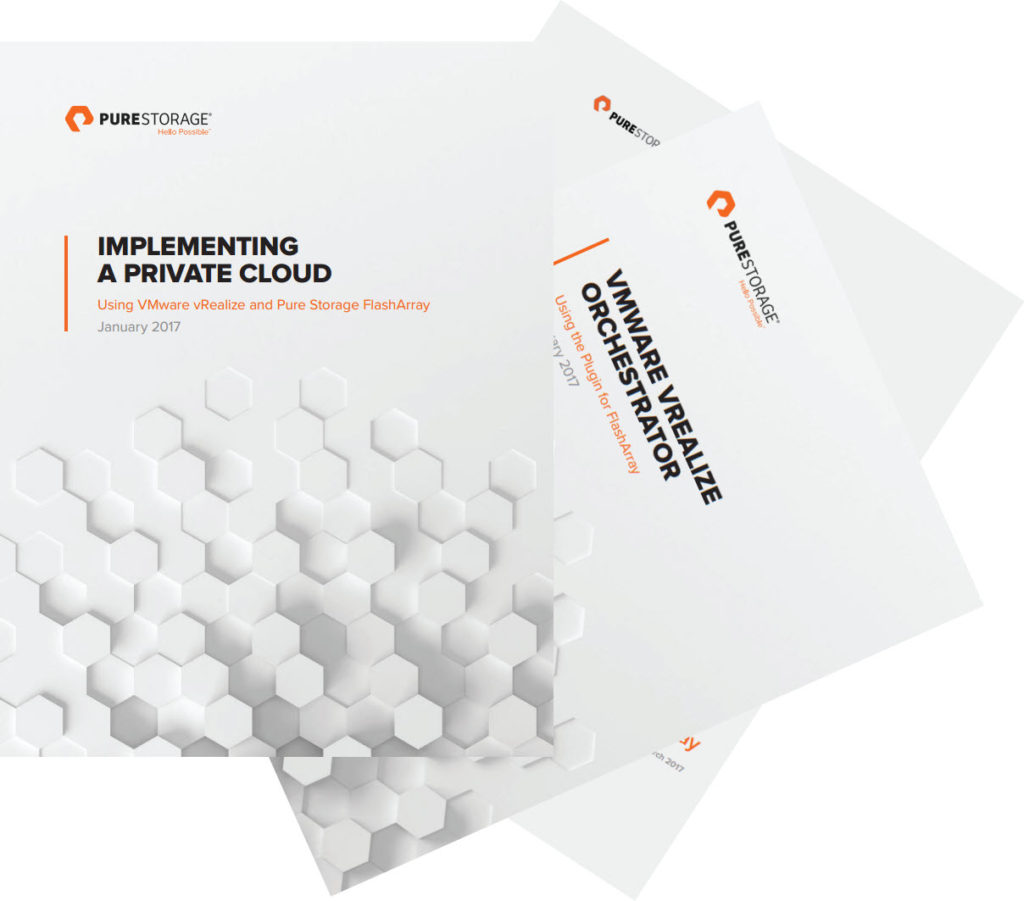So a few updates. I just updated my vSphere Best Practices guide and it can be found here:
Download Best Practices Guide PDF
I normally do not create a blog post about updating the guide, but this one was a major overhaul and I think is worth mentioning. Furthermore, there are a few documents I have written and published that I want to mention.
- FlashArray Plugin for vRealize Orchestrator User Guide
- Implementing FlashArray in a vRealize Private Cloud

Continue reading “Documentation Update, Best Practices and vRealize”

